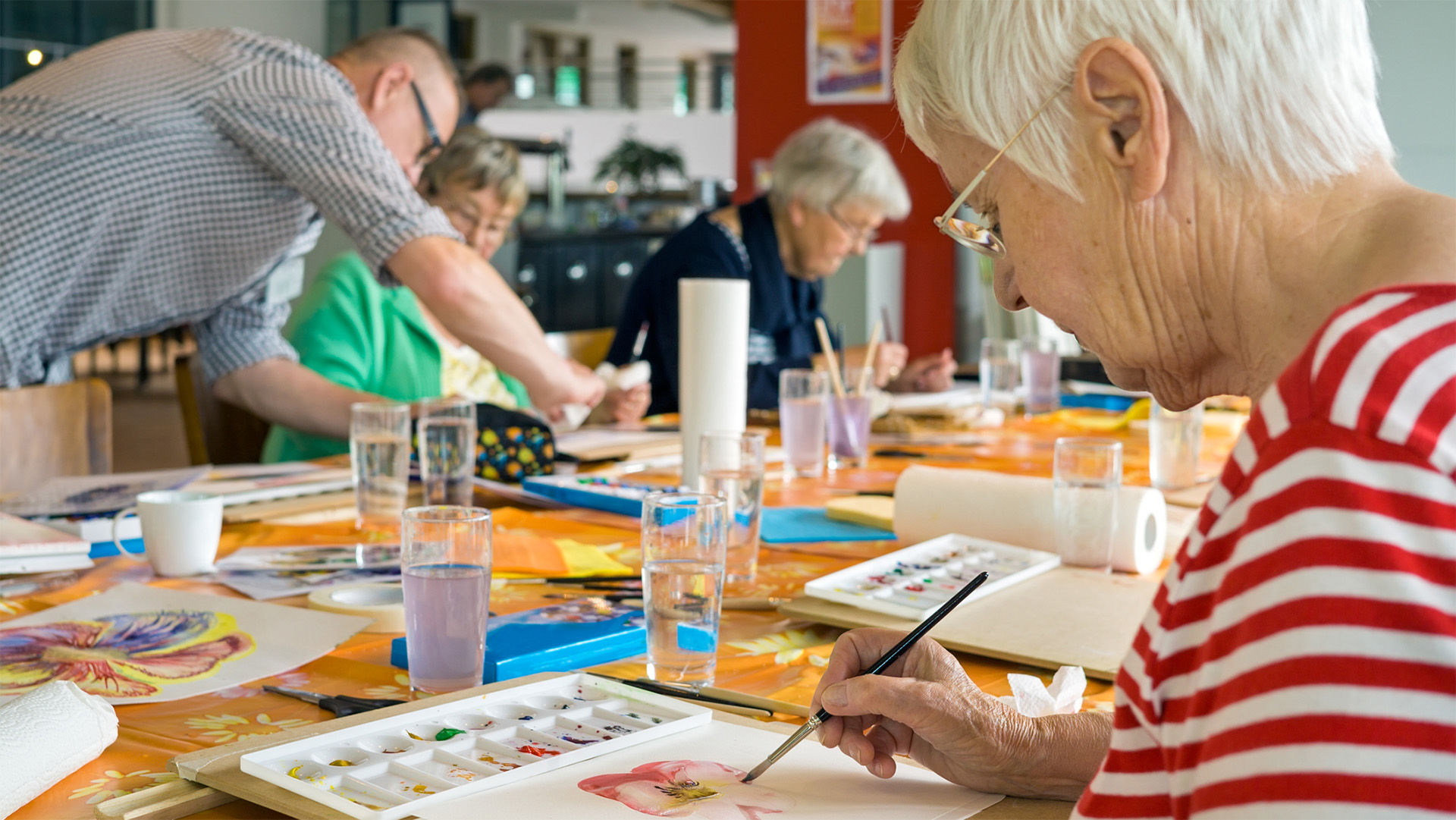Shortly after her father passed away, Linda noticed a significant change in her mother, Betty.
“There was nothing physically wrong with her, but she was going down fast,” Linda says. “All she would do is get up and look out the window.”
As difficult as it was for Linda to witness, this is a situation many families of an isolated older adult have encountered. Believing this change in her mother’s behavior to be temporary grief, Linda moved in with her to help provide support.
By living with her mother, Linda was able to identify Betty’s daily needs and challenges, but identifying issues is much harder for families who are unable to interact daily with a parent or grandparent. That’s why it’s important to pay attention to some key indications of decline, including poor diet, lack of proper hygiene, isolation and feelings of loneliness.
Finding support for older adults
After three years, Betty’s outlook hadn’t improved. Linda says her mother lacked adequate social interaction, and that she was living on ice cream. Linda even had to remind her mother to change her clothes. It became apparent that the family needed a change, and Linda began exploring retirement homes in the area. Feeling totally overwhelmed, Linda says, “It was either find someone that could help her or watch her die.”
Linda found Holiday Oakwood Hills in Eau Claire, Wisconsin that provides residents with private suites, three meals per day served in a social setting, housekeeping services and local transportation.
Impressed by the warm staff and enthusiastic residents she encountered on her tour, Linda felt Holiday was an ideal fit. She took Betty to the community every day for a week to help her get acclimated before fully moving in, but it was still a challenge. “You could tell she was scared,” Linda says.
The decision was also difficult for Linda.
“I went home and cried,” she says. “I thought she might not get up to go eat, or she might never change her clothes. I lived with her for three years, so trusting she would be okay was especially hard.”
The benefits of community living
Despite Linda’s fears, after just a short time, she saw a miraculous change in her mother. Betty now refers to Oakwood Hills as her home, has made many close friends and is enjoying nutritious meals daily. “She won’t even touch ice cream anymore,” Linda says. “She loves the place.”
Linda was pleased as well. Her stress had grown since she juggled managing two restaurants and bars while helping her mother. “I have a life now,” says Linda, who vacationed in Hawaii after the move. “I would never have been able to do that before. I thought I might live with her for the rest of her life. But something needed to change.”
While change can be unsettling for older people, it can also be necessary when healthy habits decline. When it’s time to seek the discreet support of a retirement residence, Linda suggests allowing the older adult in your life to gradually adjust to the idea of community living. After moving in, you may both need ample time to adapt to the change and the strong emotions that can come with it.
“I thought I made the wrong decision at first, and she clearly did not want to be there,” Linda says. “But I told her to try it for just a month. If she didn’t like it, she could move back. She was crossing the days off her calendar, but after a few weeks, she didn’t want to leave.”
Most importantly, Linda says, is to put yourself in your parent’s shoes.
“When you are checking out different places, ask yourself, ‘Would I live there?’” Linda says. “I could live at Holiday right now. So, I feel good about her living there.”
You might also like
Want to learn more about life at Holiday?
